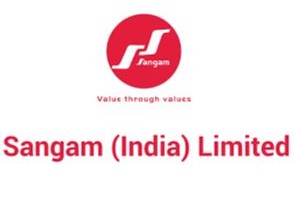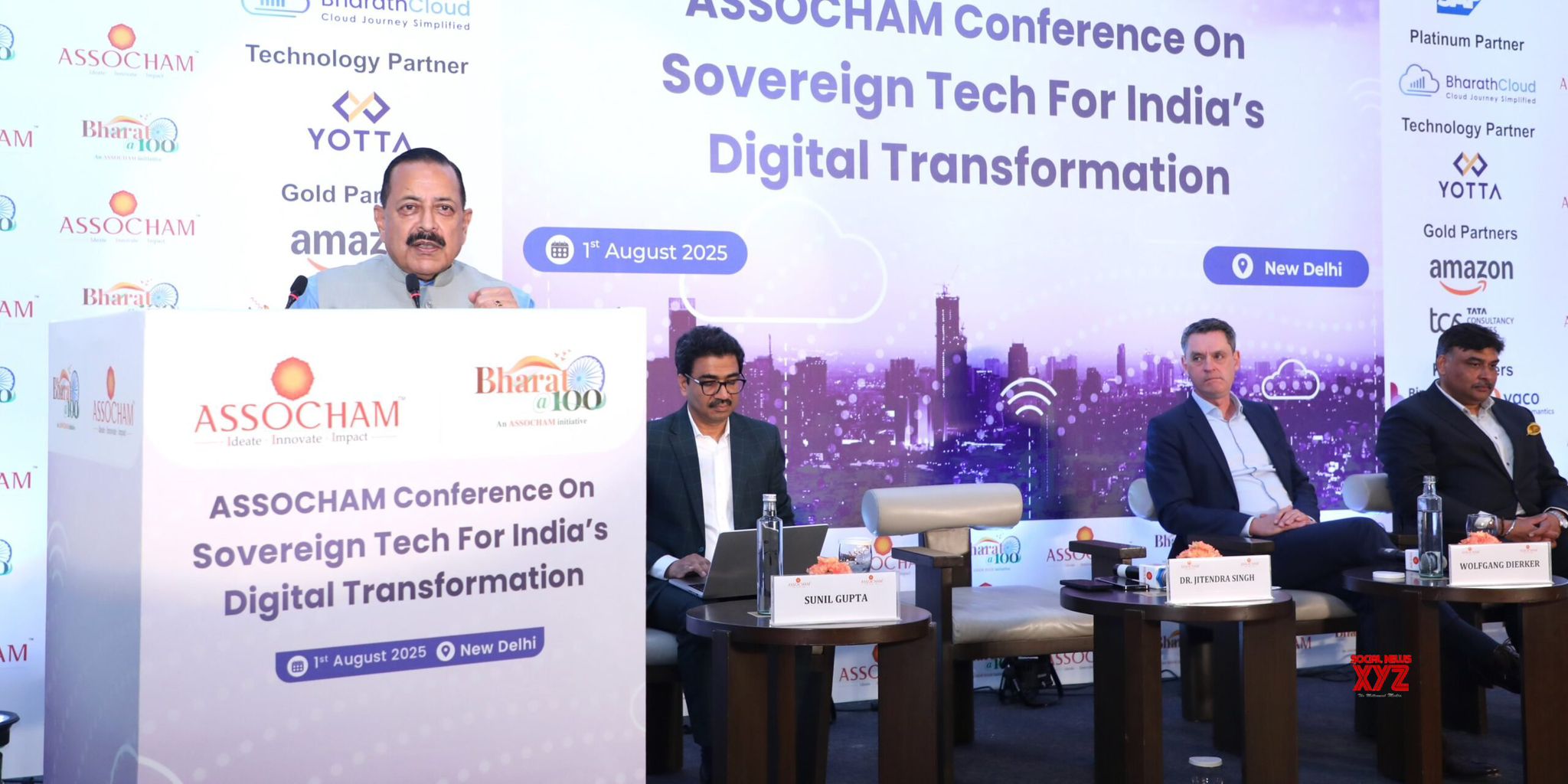 Image Source : ErodeTex.com
Image Source : ErodeTex.com
Sangam (India) Ltd., a prominent player in the textile and apparel industry, has released its financial results for the quarter ended June 2025. The company reported a consolidated revenue from operations of 7.9 billion rupees, reflecting its continued dominance in synthetic blended and cotton yarn production. However, the net profit for the quarter stood at a modest 21.3 million rupees, pointing to margin pressures despite healthy top-line growth.
Key Highlights from the June Quarter
- Consolidated revenue from operations reached 7.9 billion rupees, driven by steady demand across domestic and export markets.
- Net profit after tax came in at 21.3 million rupees, indicating a sharp decline in profitability compared to previous quarters.
- The company’s performance was impacted by rising input costs and subdued pricing power in key segments.
Revenue Performance and Segment Trends
- The yarn division continued to be the primary revenue contributor, with strong volumes in PV dyed yarn and cotton yarn.
- Denim and seamless garment segments showed moderate growth, supported by seasonal demand and retail restocking.
- Export revenues remained stable, with shipments to over 58 countries, including key markets in Europe and the Middle East.
Profitability Challenges
- Operating margins were compressed due to higher raw material costs, particularly polyester and cotton.
- Energy expenses and logistics costs also weighed on the bottom line, despite internal cost optimization efforts.
- The company’s EBITDA margin declined year-on-year, reflecting the broader challenges faced by textile manufacturers in a volatile commodity environment.
Strategic Developments and Expansion Plans
- Sangam India is continuing its capacity expansion at the Sareri unit, with 32,832 new spindles added for cotton yarn production.
- The company is investing in automation and digitalization across its manufacturing units to improve efficiency and reduce overheads.
- A new product line in technical textiles is under evaluation, aimed at diversifying revenue streams and tapping into high-margin industrial applications.
Market Position and Competitive Landscape
- Sangam India remains one of the largest producers of PV dyed yarn in India, with a strong brand presence in both B2B and retail segments.
- The company’s integrated operations—from spinning to garmenting—offer supply chain advantages over fragmented competitors.
- However, competition from low-cost producers in Bangladesh and Vietnam continues to exert pricing pressure in export markets.
Leadership Commentary and Outlook
- The management acknowledged the margin headwinds but reaffirmed its commitment to long-term growth through innovation and operational excellence.
- Focus areas for the upcoming quarters include improving product mix, enhancing export competitiveness, and leveraging digital platforms for customer engagement.
- The company expects demand to pick up in the festive season, which could support better realizations and profitability in the second half of FY26.
Investor Sentiment and Financial Health
- Sangam India’s stock showed muted movement post-results, reflecting cautious investor sentiment amid margin concerns.
- Key financial ratios such as ROE and ROCE remain under pressure, but the company’s balance sheet continues to be stable with manageable debt levels.
- Analysts are watching closely for signs of margin recovery and successful execution of expansion plans.
Conclusion
Sangam (India) Ltd.’s June quarter results present a mixed picture—strong revenue growth tempered by profitability challenges. As the company navigates cost pressures and competitive dynamics, its strategic investments and operational resilience will be key to sustaining momentum. The textile sector remains cyclical, but Sangam’s diversified portfolio and expansion roadmap offer potential upside in the medium term.
Source: Trendlyne
Advertisement
Advertisement



